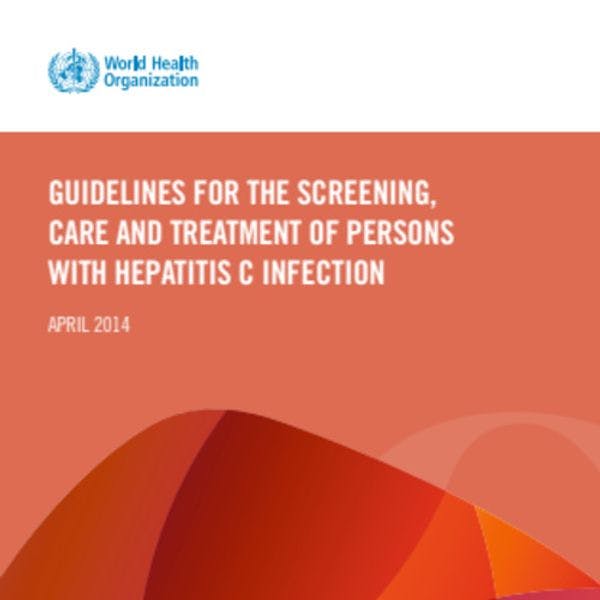Guidelines for the screening, care and treatment of people with hepatitis C infection
According to recent estimates, more than 185 million people around the world have been infected with the hepatitis C virus (HCV), of whom 350 000 die each year. One third of those who become chronically infected are predicted to develop liver cirrhosis or hepatocellular carcinoma. Despite the high prevalence of disease, most people infected with the virus are unaware of their infection. For many who have been diagnosed, treatment remains unavailable. Treatment is successful in the majority of persons treated, and treatment success rates among patients treated in low- and middle-income countries are similar to those in high-income countries.
These are the first guidelines dealing with hepatitis C treatment produced by the World Health Organization (WHO) and complement existing guidance on the prevention of transmission of blood borne viruses, including HCV. They are intended for policy-makers, government officials, and others working in low- and middle income countries who are developing programmes for the screening, care and treatment of persons with HCV infection. These guidelines serve as a framework that can allow the expansion of clinical services to patients with HCV infection, as they provide key recommendations in these areas and discuss considerations for implementation. The guidelines are also intended for health-care providers who care for persons with HCV infection in low- and middle-countries and provide them guidance in the management of patients infected with HCV.
Keep up-to-date with drug policy developments by subscribing to the IDPC Monthly Alert.
Downloads
Regions
Related Profiles
- World Health Organization (WHO)
